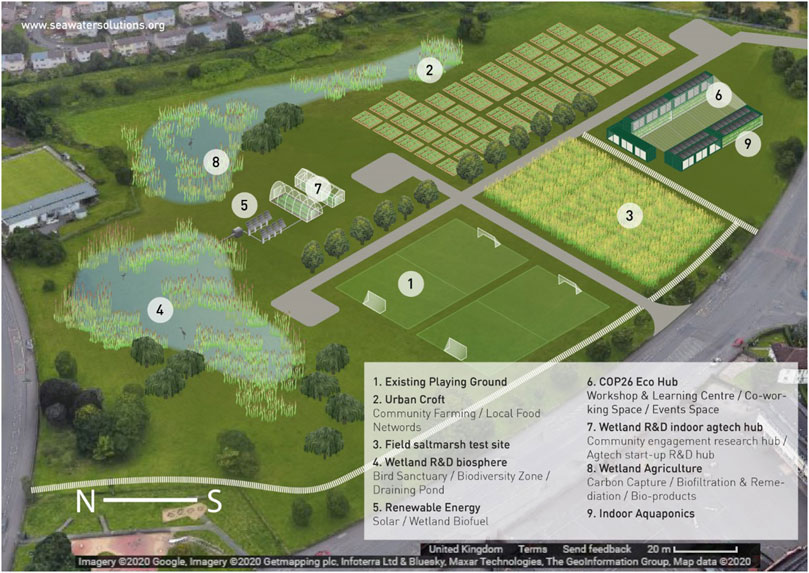
95% of researchers rate our articles as excellent or good
Learn more about the work of our research integrity team to safeguard the quality of each article we publish.
Find out more
CORRECTION article
Front. Built Environ. , 21 April 2022
Sec. Urban Science
Volume 8 - 2022 | https://doi.org/10.3389/fbuil.2022.899237
This article is part of the Research Topic Pathways to Resilient Zero Carbon Cities View all 9 articles
This article is a correction to:
Integrating Artificial Urban Wetlands Into Communities: A Pathway to Carbon Zero?
A corrigendum on
Integrating Artificial Urban Wetlands Into Communities: A Pathway to Carbon Zero?
by Rogerson, R. J., Horgan, D., and Roberts J. J. (2021). Front. Built Environ. 7:777383. doi:10.3389/fbuil.2021.777383
There is an error in the Funding statement as published. The corrected statement can be seen below.
This project was funded by Innovate UK through the UK Government Sustainable Innovation Fund Small Business Research Initiative which ran from October to December 2020. Grant reference No. 76575. The researchers at the University of Strathclyde were sub-contracted by Seawater Solutions, a Glasgow based ecoservices company, to conduct research as part of a wider project on possible urban wetland demonstrators for carbon capture. The views expressed in this publication are those of the authors and not necessarily those of Innovate UK.
In the original article, there was also a mistake in the legend for Figure 2 as published. The name of Seawater Solutions was missing. The correct legend appears below.

FIGURE 2. Schematic plan for possible integrated wetland development of Glasgow park proposed by Seawater Solutions.
The authors apologize for these errors and state that this does not change the scientific conclusions of the article in any way. The original article has been updated.
All claims expressed in this article are solely those of the authors and do not necessarily represent those of their affiliated organizations, or those of the publisher, the editors and the reviewers. Any product that may be evaluated in this article, or claim that may be made by its manufacturer, is not guaranteed or endorsed by the publisher.
Keywords: net zero, urban wetlands, place-making, community participation, sustainability
Citation: Rogerson RJ, Horgan D and Roberts JJ (2022) Corrigendum: Integrating Artificial Urban Wetlands Into Communities: A Pathway to Carbon Zero?. Front. Built Environ. 8:899237. doi: 10.3389/fbuil.2022.899237
Received: 18 March 2022; Accepted: 30 March 2022;
Published: 21 April 2022.
Edited and reviewed by:
Ljubomir Jankovic, University of Hertfordshire, United KingdomCopyright © 2022 Rogerson, Horgan and Roberts. This is an open-access article distributed under the terms of the Creative Commons Attribution License (CC BY). The use, distribution or reproduction in other forums is permitted, provided the original author(s) and the copyright owner(s) are credited and that the original publication in this journal is cited, in accordance with accepted academic practice. No use, distribution or reproduction is permitted which does not comply with these terms.
*Correspondence: Robert J. Rogerson, ci5qLnJvZ2Vyc29uQHN0cmF0aC5hYy51aw==
Disclaimer: All claims expressed in this article are solely those of the authors and do not necessarily represent those of their affiliated organizations, or those of the publisher, the editors and the reviewers. Any product that may be evaluated in this article or claim that may be made by its manufacturer is not guaranteed or endorsed by the publisher.
Research integrity at Frontiers

Learn more about the work of our research integrity team to safeguard the quality of each article we publish.